# 18 Slow Food in France: A Love Letter to Brittany
On clamming and cooking shellfish in salted butter
We are what we eat, the saying goes, and what we eat depends on where we are. So are we different in each country because we consume different foods?
Slow Food
I’ve been a fan of the slow food movement since it took off over two decades ago. Eating dishes made from local ingredients and following local culinary traditions is important to me.
I was in it for the flavor at first. Slow food simply tastes great. I remember traveling to Italy with Daniel in 2008, lugging the stone-heavy Osterie & Locande D’Italia in my bag. We had the best meals in unassuming restaurants we would have never found without the guide.
Later, I became interested in the philosophy behind the movement: Food is a cultural act. I began to appreciate a meal more when I was mindful of a food’s origins and its impact on culture and environment. Eating locally promotes sustainability and connects us to the land: We become part of the world we inhabit.
"The food we eat tells a story of the land, the people, and the culture that produced it. Eating locally is a way to honor that story and to write our own chapter in it." —Barbara Kingsolver
Food Around the World
A great advantage of living as a nomad, traveling the world, is that my diet is diverse when I eat slow food. Whenever possible, I order regional and seasonal specialties, shop at local markets, and observe how meals bring people together.
I feel at home in Vietnam when I eat phở, especially when I go to a vegetable garden to pick my own herbs. I understand the island better when I order the raw fish menu on Naoshima with a view of the fishing port. And in Sri Lanka, I get hooked on dhal and other curries for breakfast, nourishing myself with coconut and spice.
Brittany Specialities
Last week, Daniel and I traveled from Osaka to Paris and took the 3-hour train to Brittany.
Our long-time friends there welcome us with local specialities: salted butter from free-roaming cows, fresh goat cheese, onion compote, apple cider served in ceramic bowls resembling low wide coffee mugs, and buckwheat pancakes, also known as galettes de sarrasin, a grain also known as blé noir.
After nearly two years of living in Asia, after two years of nearly no dairy and eating rice everyday, I rejoice at the taste of the crunchy galette hot from the billig, the melted cheese, richly fulfilling.
The real jewels from Brittany, however, come from the sea. August is not the season for oysters and scallops, and although there are usually plenty of lobsters around, this year there are few. Because the ocean’s warming, I’ve been told, there are more octopuses than normal, and octopuses consume the young lobsters before they can be consumed by us.
Are clams still in abundance? When a neighbor offers to show us the best spot for clamming, we gladly accept his invitation. I’ve never gone clamming before and am eager to learn. We check the tide chart and agree to meet him and his family on the sand in the late afternoon when the ocean is at its lowest.
Clamming
We park the car and breathe in the sea’s iodine air. A regulations board tells us how big the clams (and other creatures) need to be and how much of what species we’re allowed to bring home. Sticking to the rules ensures a sustainable catch for all.
A rocky sand path takes us between trees down to the rugged coast. Daniel and I have come under-prepared in flip-flops—sturdy waterproof boots are recommended—yet manage the tricky descend without accidents.
There are about thirty people scattered in the vast bay where the water has receded. We walk across the sand flats and beds of seaweed toward our neighbor and his family. He lends us buckets to hang on our shoulders, hand rakes to loosen the ocean bottom when necessary, and kindly explains what we’re supposed to do.
Clams burrow in the sand to nestle beneath the surface, and there are two ways of fishing them out: You either dig at random, or you use your eyes, look for two tiny breathing holes close to each other in the sand, and scoop up the hidden clam.
We stand ankle deep in the cold water. Only habitués can swim in this chilly ocean without a neoprene suit. Most people stoop to dig up clams, yet after decades of yoga, I can comfortably squat for long periods and stay close to the ocean floor.
At first, I fish at random. With each dig of my hand through the sand, I’m sifting through an unknown world, letting broken shelves and baby crabs escape through my fingers. The feeling is wondrous and invigorating. It seems ages ago that I touched and played with sand. And this sand is alive!
I find the clams easily, which indicates how many there must be. I check the size of each one, before adding them to my bucket; anything too small, I return to the sea.
After a while, I begin looking for the breathing holes. I’m surprised at how quickly I learn to recognize the two dark spots that tell me where to dig. In goes my hand, feeling for the hard shell just beneath the surface, and out comes the buried treasure. It’s a small triumph every time.
The Recipe
At an apéro in the neighborhood, in the yard of one of those adorable stone houses on the shore, I proudly and enthusiastically tell the other guests I fished for my own dinner that day, forgetting that they, of course, do this regularly. They humor me and give me detailed instructions on how to de-sand the clams before they hit the pan.
Back home, Daniel releases the clams into a large bowl filled with salty water. Slowly the clams open up, stick out their two siphons, and turn into lamas, spitting water at us with force.
We let them have their fun all night long and wake up to a soaked kitchen table. At lunch time, we rinse the clams and discard the sand they have obediently purged. We take out a large pan. We sauté garlic in salted butter, add herbs, pour in white wine, lower the clams into the warm broth, and put on the glass lid.
Pop, pop, pop, go the opening shells. The clams die with a modest bang, reminding me that killing is sometimes part of feeding myself. It’s unsettling, yet I don’t feel guilt, as though catching my own dinner gives me more rights. I’m grateful for what the sea is giving me.
Daniel and my friends mix their clams with al-dente Italian spaghetti. I’ve grated a zucchini for myself for a gluten-free pasta alternative; my body doesn’t tolerate gluten. When I eat the first clam, I close my eyes as though I’m having an intimate conversation with the creature in my mouth.
The clam still tastes like the sea, but the butter, herbs, and garlic have lifted it into another dimension where ocean and dry land meet and we humans live in harmony with our environment. I do not simply consume the clam. I commune with the place I temporarily inhabit, letting the boundaries between self and surroundings blur. For as long as I eat this meal, I am part of Brittany—I am Bretonne.
Author News
, writer of , a well-written and fun travel diary, interviewed me for his biweekly Speedy Boarding series, which has nothing to do with boarding.Find his latest newsletter to read about my favorite place in the world, my dream travel companion, destinations I’m looking forward to, and one thing I never travel without.
Related Posts
If you enjoyed this post on slow food, you might also be interested in reading about these slow traveling experiences:
Time to Say Goodbye
Daniel and I arrived in the Amsterdam Marina late on Wednesday night and embarked on my younger brother’s sail boat. Is this the beginning of How to Cross the Ocean on a Yacht?
Hélas. We neither have the experience nor the stamina. But we will spend the next thirty days living on a boat in Amsterdam—an interesting experiment.
All my best,
Claire
P.S. This newsletter arrives a day late. I meant to proofread it on the Eurostar from Paris to Amsterdam, but extreme weather caused flooding and huge delays. So instead of editing, I spent hours chasing information, booking accommodations and alternative routes, and communicating with various people in Holland about my midnight or non-arrival. In all my years of world traveling, I haven’t seen this much incompetence from staff in one day. It was total chaos and misinformation. Too bad Eurostar is the only company running this route.


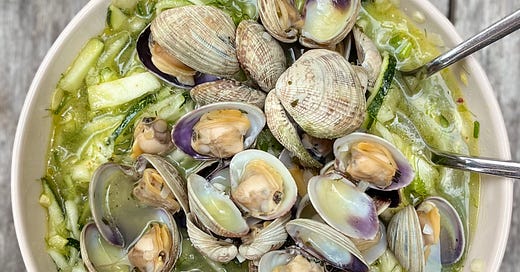



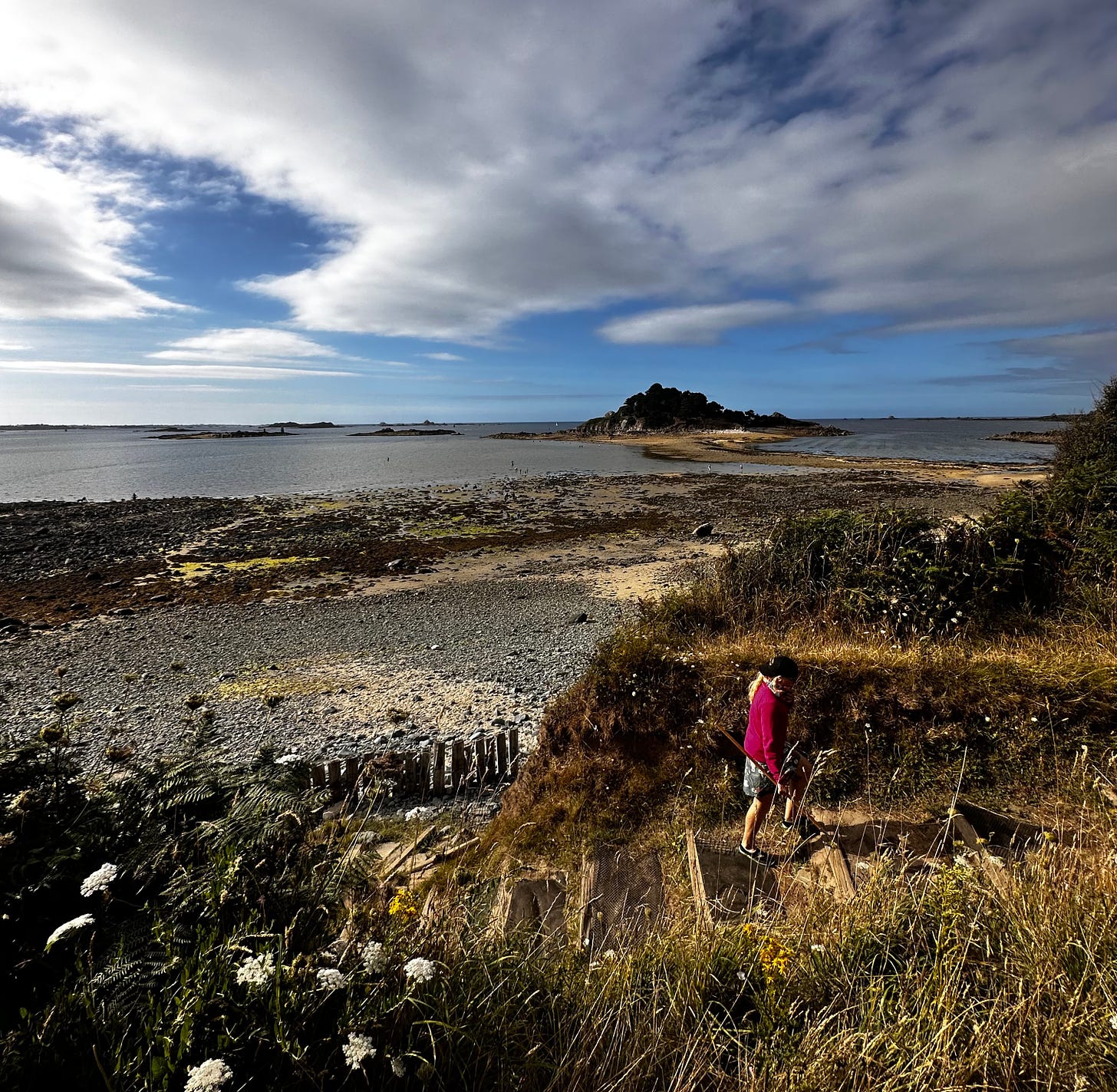
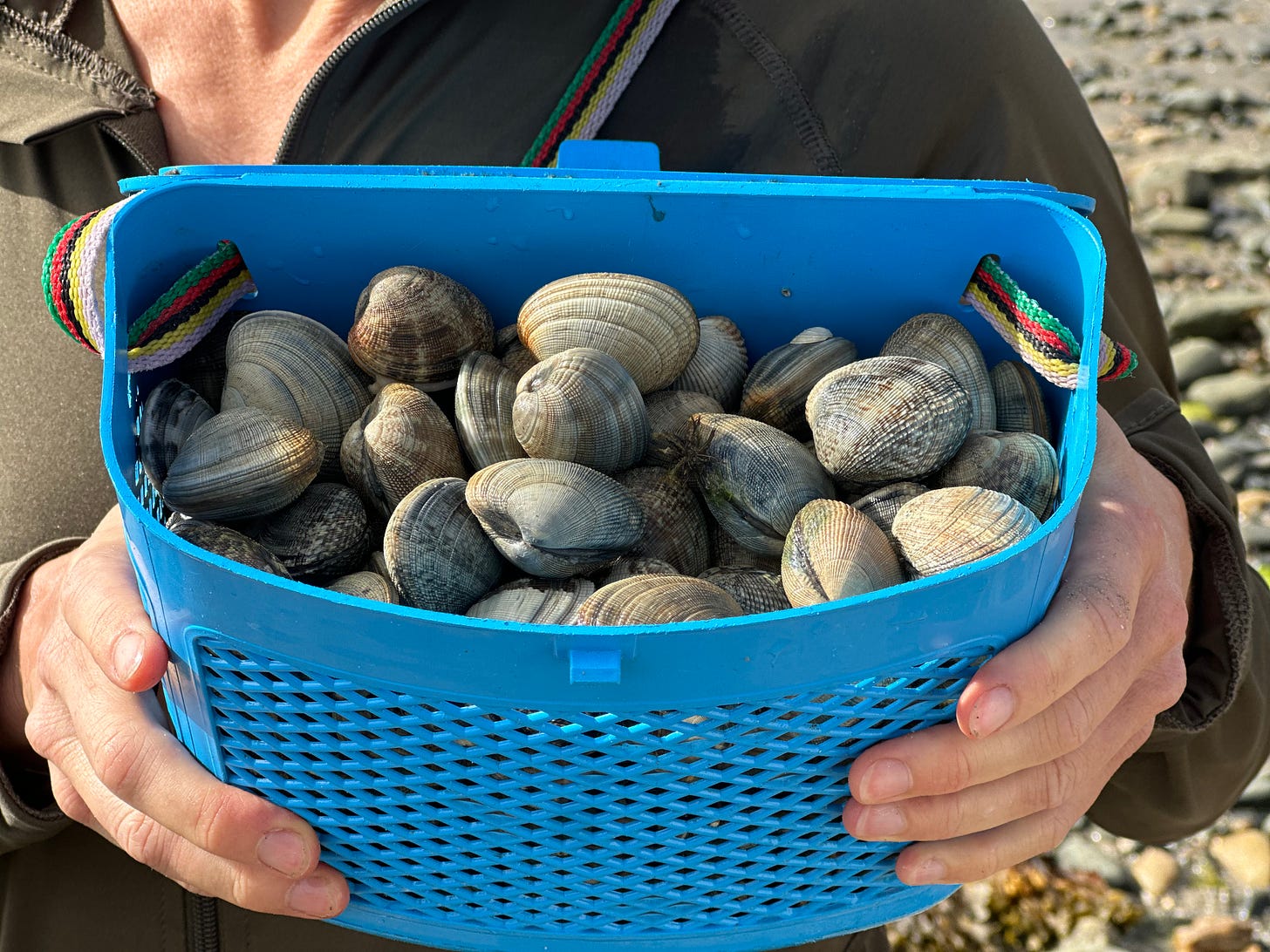
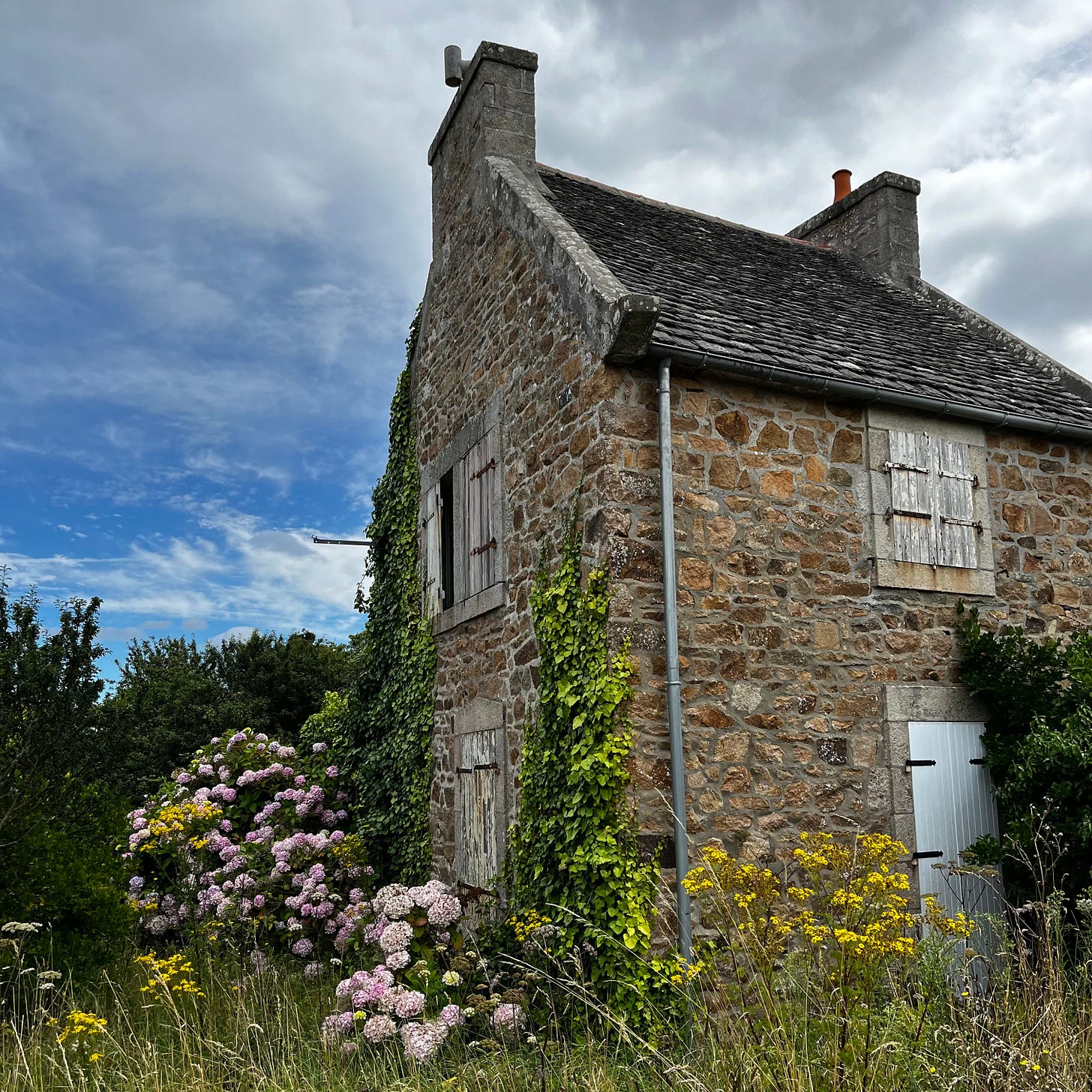
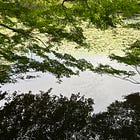
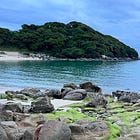
I could almost taste those clams! Fortunately I will be returning to Brittany soon with my next tour group and might very well have to order some (with the Al dente pasta preferably.) Great article.
o wow, I have never seen France, so I totally want to go there and eat what you have eaten (gorgeous photos also!)